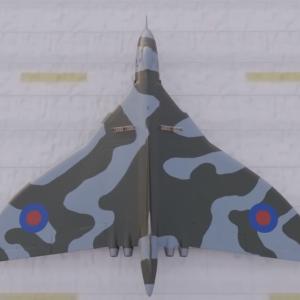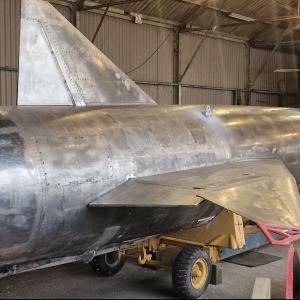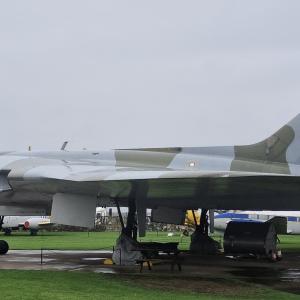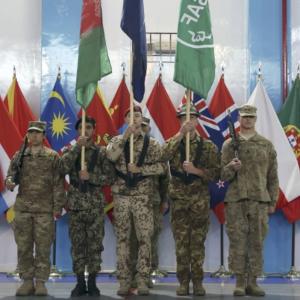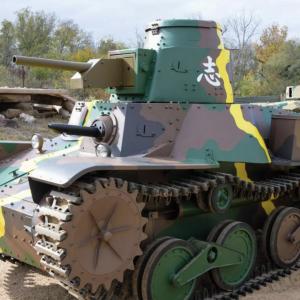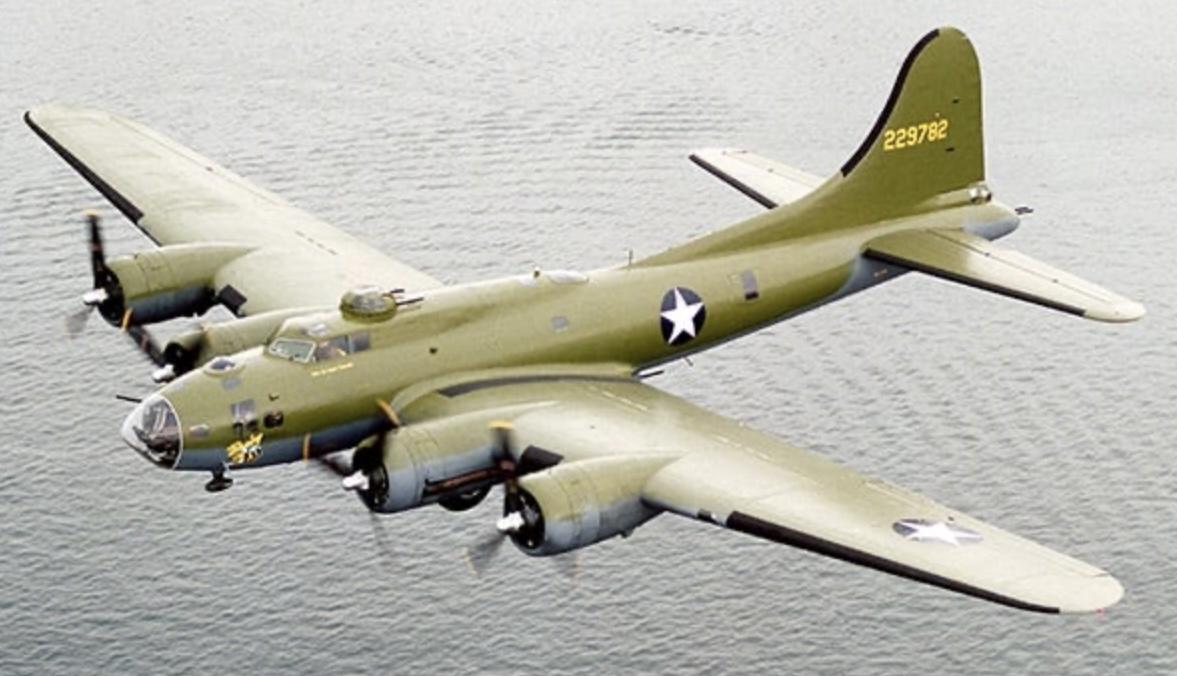
B 17 flying fortress
17 Flying Fortress: The Iconic Heavy Bomber of World War II
Introduction
The Boeing B-17 Flying Fortress was one of the most iconic aircraft of World War II. Designed as a strategic bomber, it played a crucial role in the Allied bombing campaigns over Europe and the Pacific. Known for its durability, heavy defensive armament, and ability to sustain damage while continuing to fly, the B-17 became a symbol of American air power.
Design and Development
The B-17 was designed by Boeing's chief engineer, E. Gifford Emery, and designer Edward Curtis Wells in the 1930s in response to a U.S. Army Air Corps request for a multi-engine bomber. The prototype, Model 299, first flew in 1935 and demonstrated impressive performance, leading to its selection for mass production. Over the years, multiple variants were developed, with the B-17G becoming the most widely used version.
Technical Specifications
The B-17 underwent multiple modifications throughout its service life, but the most famous variant was the B-17G. Below are the general specifications for this model:
- Manufacturer: Boeing Aircraft Company
- Crew: 10 (Pilot, Co-pilot, Navigator, Bombardier, Radio Operator, Engineer/Top Turret Gunner, Ball Turret Gunner, Waist Gunners (2), Tail Gunner)
- Length: 74 ft 4 in (22.66 m)
- Wingspan: 103 ft 9 in (31.62 m)
- Height: 19 ft 1 in (5.82 m)
- Empty Weight: 36,135 lbs (16,398 kg)
- Maximum Takeoff Weight: 65,500 lbs (29,710 kg)
- Engines: Four Wright R-1820-97 "Cyclone" radial engines, 1,200 hp each
- Maximum Speed: 287 mph (462 km/h)
- Range: 2,000 miles (3,200 km), extended with auxiliary fuel tanks
- Service Ceiling: 35,600 ft (10,850 m)
Armament
One of the defining features of the B-17 was its formidable defensive armament:
- Machine Guns: 13 × .50 caliber (12.7 mm) M2 Browning machine guns
- Two in the nose (chin turret)
- Two in the tail
- Two in the waist (one on each side)
- Two in the dorsal (top) turret
- Two in the ventral (ball) turret
- Two in the cheek positions (forward fuselage)
- One in the radio operator’s position
- Bomb Load: Up to 8,000 lbs (3,600 kg) for long-range missions, 17,600 lbs (7,980 kg) for shorter missions
- Types of Bombs Carried:
- General-purpose bombs (e.g., 500 lb, 1,000 lb, and 2,000 lb AN-M series bombs)
- Incendiary bombs (e.g., M50 and M69 cluster bombs for targeting industrial areas)
- Armor-piercing bombs (e.g., 1,600 lb AP bombs used against fortified targets)
- Parafrag bombs (parachute-retarded fragmentation bombs used for attacking airfields and troops)
- Mines (used in specialized missions for naval mining operations)
Famous B-17 Crews and Planes
Numerous B-17s and their crews became famous for their heroic missions and incredible survival stories.
Memphis Belle
One of the most famous B-17s, the Memphis Belle, was among the first bombers to complete 25 combat missions with its crew intact. It was flown by Captain Robert Morgan and was heavily publicized to boost morale. Today, the restored aircraft is displayed at the National Museum of the United States Air Force in Dayton, Ohio.
The Swoose
The Swoose was one of the longest-serving B-17s, participating in the Pacific campaign before becoming a VIP transport. It is currently under restoration at the National Air and Space Museum.
B-17F "All American"
The All American became famous when it was nearly cut in half by a German fighter, yet still managed to return safely to its base in North Africa.
B-17G "Nine-O-Nine"
The Nine-O-Nine flew 140 combat missions without losing a single crew member. After the war, it was used in nuclear testing and later restored for civilian display before tragically crashing during an airshow in 2019.
Fate of Most B-17s After the War
After World War II, thousands of B-17s were decommissioned. Their fates varied:
- Scrapped for Metal: Many were dismantled for their aluminum, fueling postwar industrial needs.
- Converted to Transport or Survey Aircraft: Some were repurposed for civilian or military roles, including aerial survey and transport.
- Preserved in Museums: A small number were saved and restored for display in aviation museums worldwide.
- Used in Nuclear Tests: Some B-17s were subjected to atomic bomb tests, notably at Bikini Atoll.
The legacy of the B-17 remains strong even decades after its last combat mission. With its distinct silhouette and reputation for resilience, the Flying Fortress is remembered as one of the most significant aircraft of the Second World War. Veterans and aviation enthusiasts continue to honor its contributions, and the few surviving airworthy B-17s keep the memory of their role alive in airshows and historical exhibits around the world.

